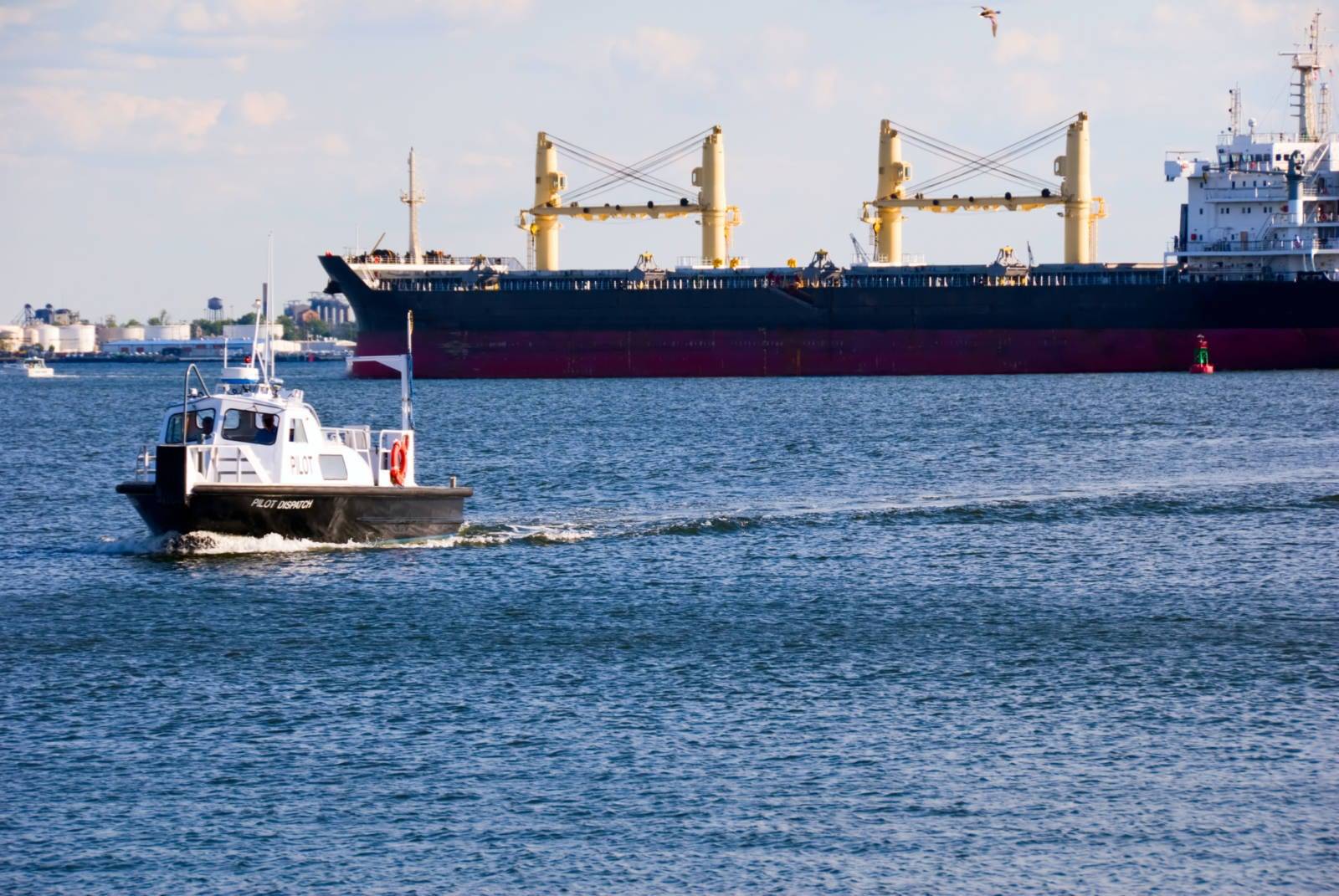In an ongoing effort to continually improve the U.S. transportation system, the U.S. Army Corps of Engineers and Virginia Port Authority are proceeding with design measures to expand Norfolk Harbor’s shipping channels. The “Wider, Deeper, Safer” dredging project will deepen the Inner Harbor channels to 55 feet, Chesapeake Bay’s Thimble Shoal Channel to 56 feet, and Atlantic Ocean Channel to 59 feet. The Thimble Shoal Channel will also be widened up to 1,400 feet in select areas, allowing for ultra-large container vessel two-way traffic. The navigation project recently secured full federal approval with America’s Water Infrastructure Act of 2018. It should be noted that the soybean organizations are strong supporters of the waterways and ports. Completion of the full Norfolk Harbor navigation-improvement project is expected around 2025.
The project is clearly being done to improve the ports’ competitiveness in servicing container vessels and improving safety. A TEU is a 20-foot equivalent container. For example, a 40-foot container would be two TEUs. Joe Harris, a Virginia Port Authority spokesman, said, “A decade ago, the workhorse-vessel size was 8,000 TEUs and these ships made daily calls to the Port of Virginia. Now, they carry more than 14,000 TEUs into the port’s six terminals, and officials are preparing for the next generation of ships, which could top 16,000.”
“The trend is to build bigger and bigger ships to take advantage of navigation-cost savings,” said Norfolk District Senior Project Manager Robert Pretlow. “That requires the dredging of deeper channels to provide additional water under the draft of a ship for safety and added maneuverability.”
Harris said the “Wider, Deeper, Safer” project will enable the Atlantic Ocean’s biggest ships to safely transit the Port of Virginia fully laden with cargo and without tidal restrictions. Navy vessels and coal ships are expected to benefit from safer, more efficient movement as well.
The modern port creates opportunity for existing facilities but also for potential new facilities and locations not on the water. An advantage to public infrastructure projects is that everyone is welcome and encouraged to find a way to capitalize on the new infrastructure. So although the primary focus for the “Wider, Deeper, Safer” project is to improve containerize volumes and safety, bulk commodities also benefit from the project. For a deeper dive into the economic benefits of deeper drafts, please read Ken Erikson’s recently published report on the benefits of dredging the lower Mississippi River to the authorized 50-foot depth.
Virginia Ports is an important group of ports in term of volume and service to a high population area, but Virginia Ports is also important for agriculture. According to the U.S. Department of Agriculture’s (USDA) Agricultural Marketing Service (AMS), in 2015, the Virginia Ports ranked 11th in the United States for total waterborne agricultural exports and 6thfor containerized waterborne agricultural exports. The top commodities moved through the ports were soybeans, grain products, bulk commodities, and animal feed. The Ports moved 77 percent of total U.S. waterborne tobacco exports and 50 percent of bourbon, Scotch, and whiskey exports in 2015. Agricultural exports through Norfolk were moved primarily in bulk. The top destination markets for exports included China, Brazil, and Indonesia.
